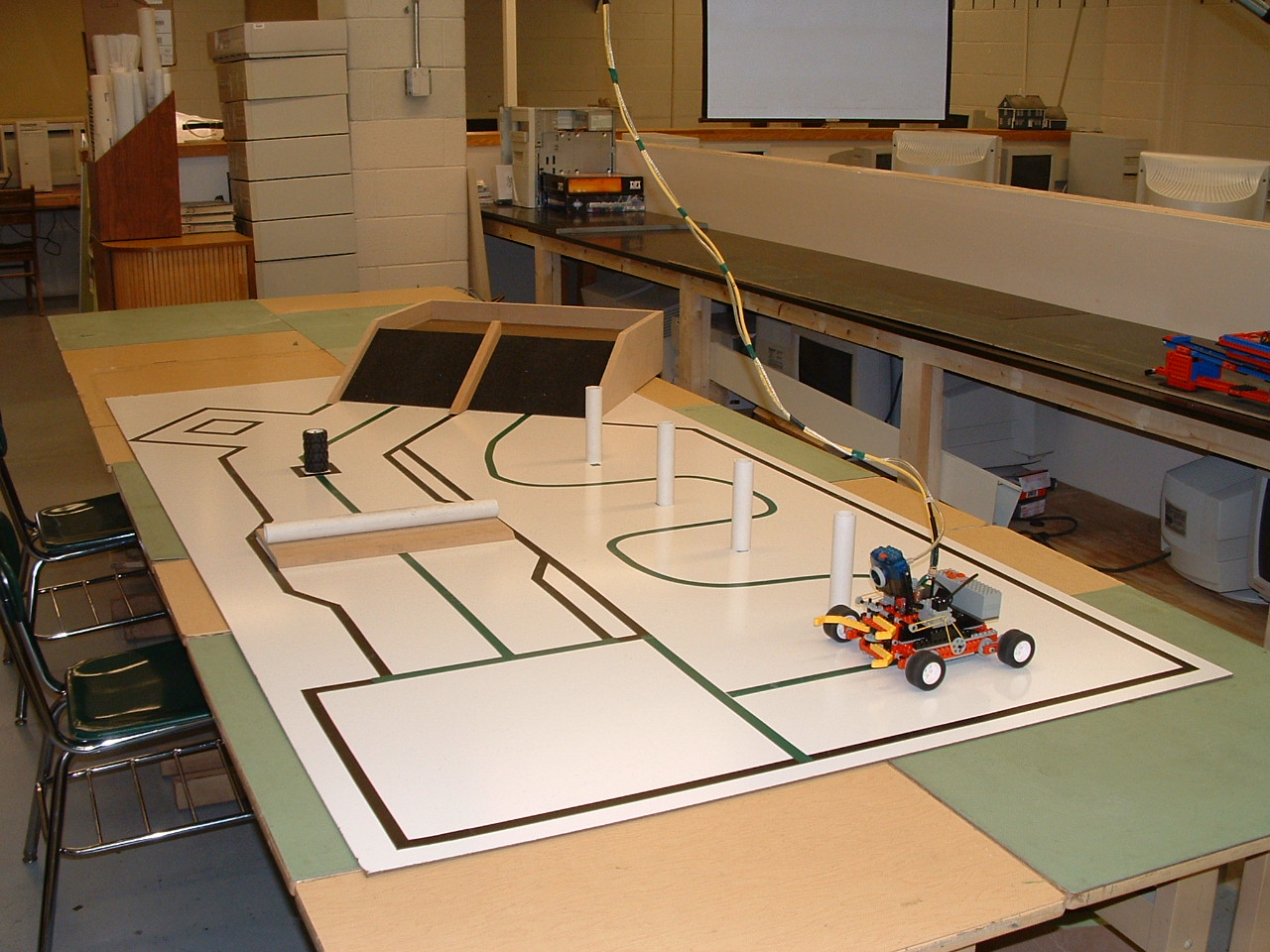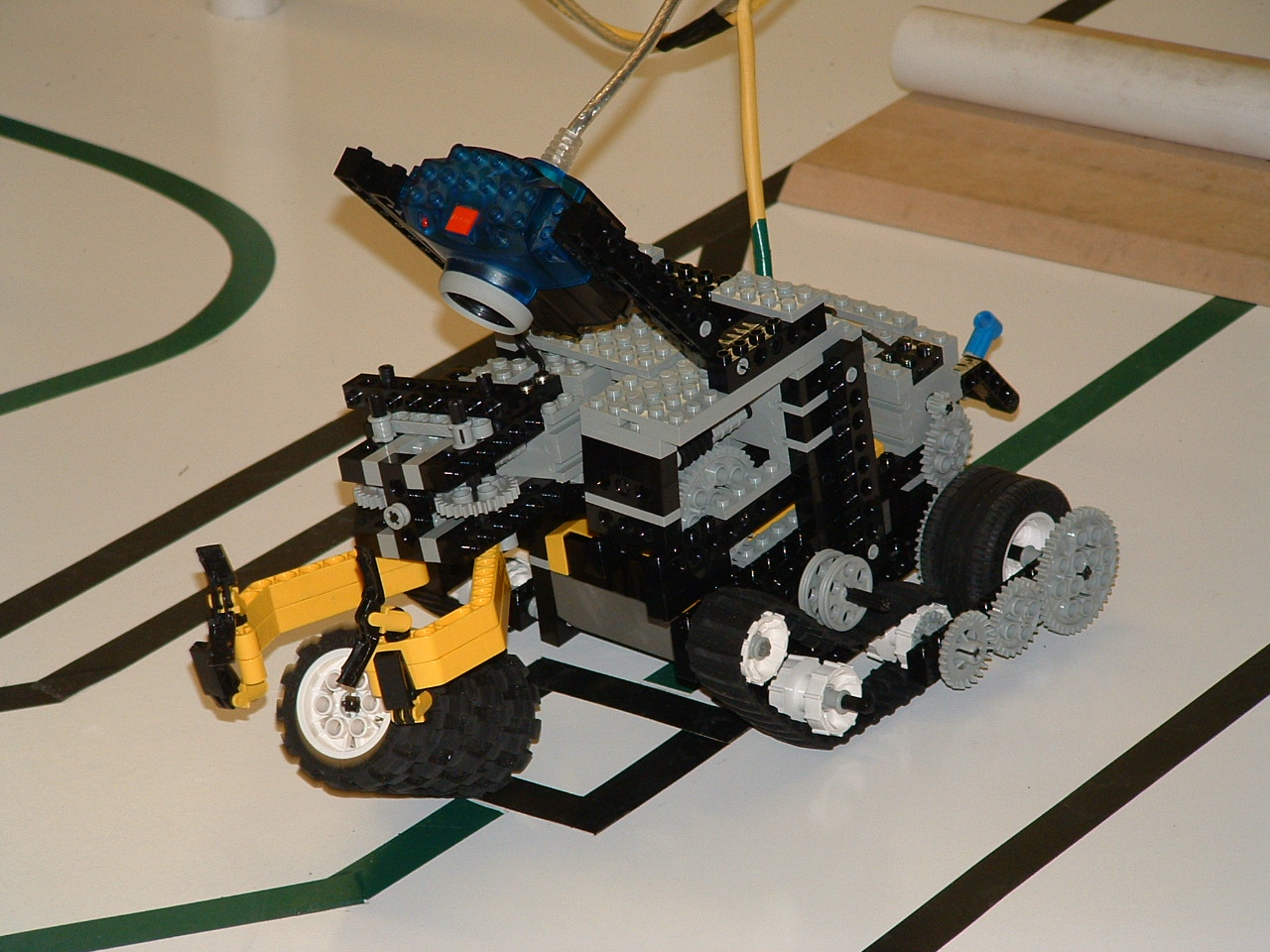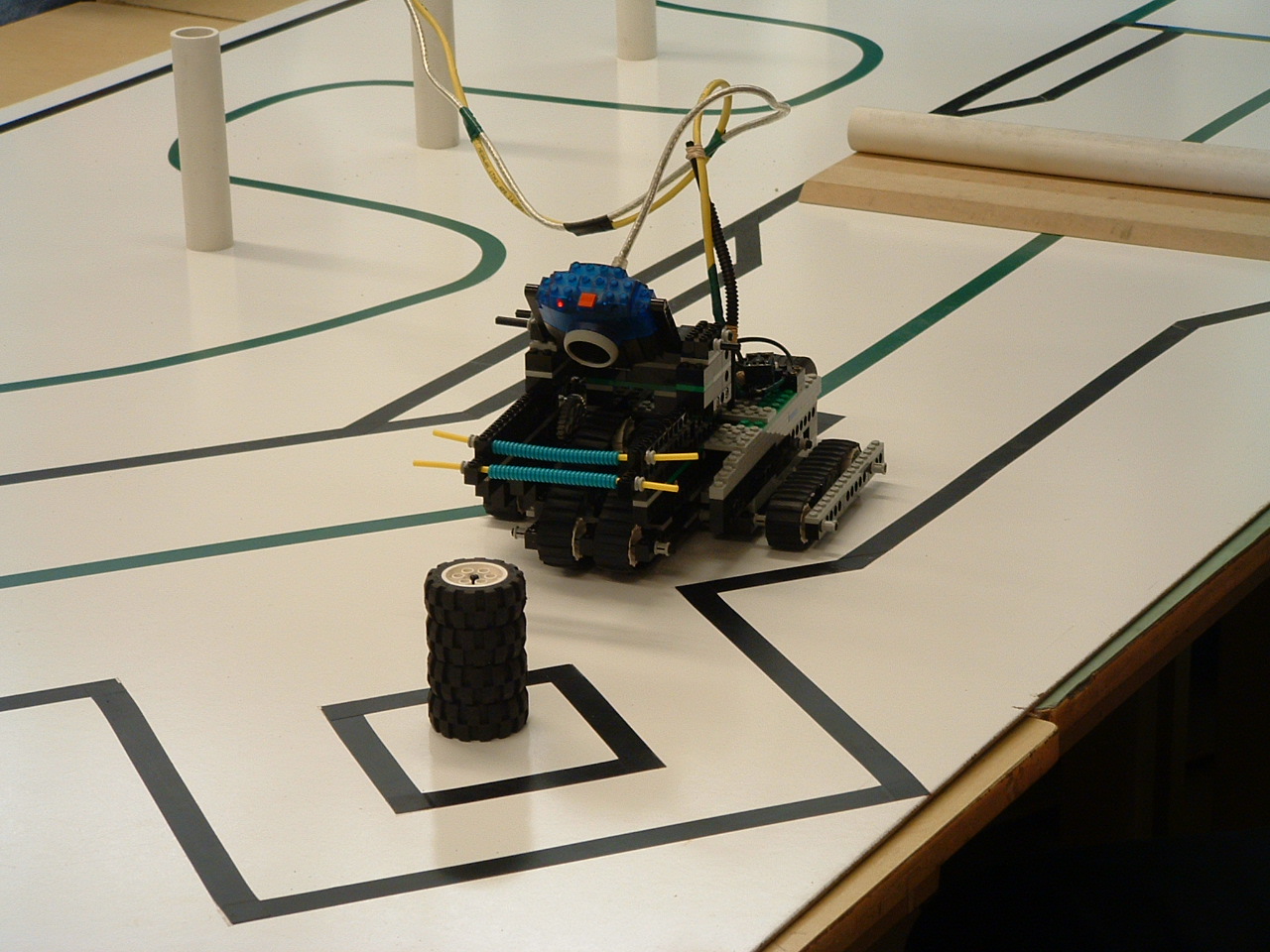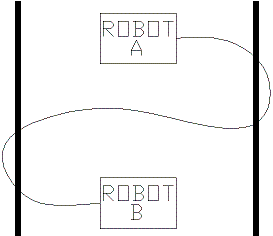Technology @ MCS
PRINCIPLES
OF ENGINEERING - CASE STUDY #2
LUNAR
LEGO




In
June 2004, 2 Mars rovers landed on the red planet to explore the Martian terrain.
Engineers had to overcome many obstacles along the way, both physical and
electrical. Since this successful mission, numerous private investors are
interested in building a prototype robot which will explore the Lunar
Surface. One investor is interested in building a hotel in the
future which will house private customers for up to two weeks on the moon.
In order to complete this mission, they need a robot which can perform many tasks
remotely, before sending humans to the moon.
This
investor has contacted MCS Engineering with the hopes of building a
prototype.
In
order to supply the customer with the best possible prototype, I am proposing a
contest to evaluate the best design.
You
will be working with a partner for this project. You must
design a LEGO robot using the contents of only 2 LEGO kits. You may not
use any foreign objects other than paper or vinyl to label your robot. Your robot
will be evaluated on the following criteria:
Speed
& Agility - 200pts
Your
robot will be put through an obstacle course which will include all of the
following obstacles: Steep slope, Sand bog, Max 2"
high obstacle, and a slalom.
You will also have to pick and place an object, a set of 4 small tires attached
to an axle. The robot must clearly pick up the object and place it inside
a square taped to the board. Your robot will be timed for this challenge as well. This test will be done
remotely, and you will not be allowed to touch or see the robot. You will
be operating the robot, via television camera. You must have a place on
the robot to attach the TV camera and umbilical.
Power
- 100pts
Your
robot will be attached to another robot for a robot tug of war using a 2 foot
piece of string, tied securely to each robot. As in a tug of war the robot who
pulls its competitor over the line is declared the winner. If there is a
deadlock of more than 2 minutes, the facilitator has the right to declare a
winner. A piece of tape fixed on the floor can serve as the boundary line.
Aesthetics
/ Workmanship -
100pts
How
well your robot matches your design, and how well it is built.
Efficiency
- 100pts
In
a modified tug of war your robot will be tested for efficiency. Your robot
will be tied to a competitor with a 4' slack line. The robot with the
best speed and equal power will be the winner. An example of the test track is
below.
If
there is a deadlock of more than 2 minutes, the facilitator has the right to
declare a winner. A piece of tape fixed on the floor can serve as the boundary
line.

Design
Report - 200pts
Prepare
a 3 page design report. Also include drawings, sketches, and program.
Evaluate your design, and compare your robot to your competitors. Evaluate
competition results and site reasons for deficiency or strengths in your design.
Rules:
You
can only use 2 Lego Kits, no foreign materials except paper for name.
It
must be controlled remotely via the 2 RCX'S supplied
There
are no size or weight limitations of your robot.
You
must take part in each evaluation.
You
must pick up and place the object with the robot only
You
must assign a robot name.
Do
not share ideas with other competitors, they are the enemy.
Requirements:
Develop a name for your robot.
Design
your robot, and calculate gear ratio's
Build
a robot program using the Robolab software.
Test
your robot.
Re-evaluate
your robot and make adjustments.
Compete
in the competition.
Prepare
design report.



